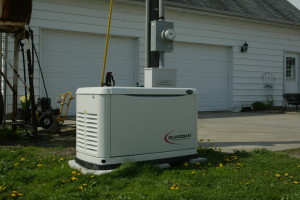 Electric cooperatives will be able to use small emergency generators, with restrictions and paperwork requirements, to ensure a stable flow of electricity at the local and regional level, under new federal regulations.
Electric cooperatives will be able to use small emergency generators, with restrictions and paperwork requirements, to ensure a stable flow of electricity at the local and regional level, under new federal regulations.
In a rule announced Jan. 15, the Environmental Protection Agency said units could run 100 hours a year for emergency demand response, maintenance and testing without being subjected to new federal emissions limits.
Up to 50 of those hours can be used in non-emergency circumstances to prevent situations that could lead to a local or regional power disruption, according to the agency. EPA said it crafted that language, in part, in response to input from electric cooperatives.
In the last three years, co-op representatives have filed hundreds of comments and met with EPA. They have pointed out how they use RICE units for demand-response, and how limited, targeted use of peak shaving helps to increase capacity and keep electric rates affordable.
As of 2015, all emergency generators will be required to use ultra-low sulfur diesel fuel if they run more than 15 hours annually.
Also, co-ops and entities that operate emergency generators of more than 100 horse power for up to 100 hours a year for blackout and brownout prevention, will need to collect and submit an annual report including location, dates and times of operation.
Source: Electric Co-op Today, Steven Johnson






